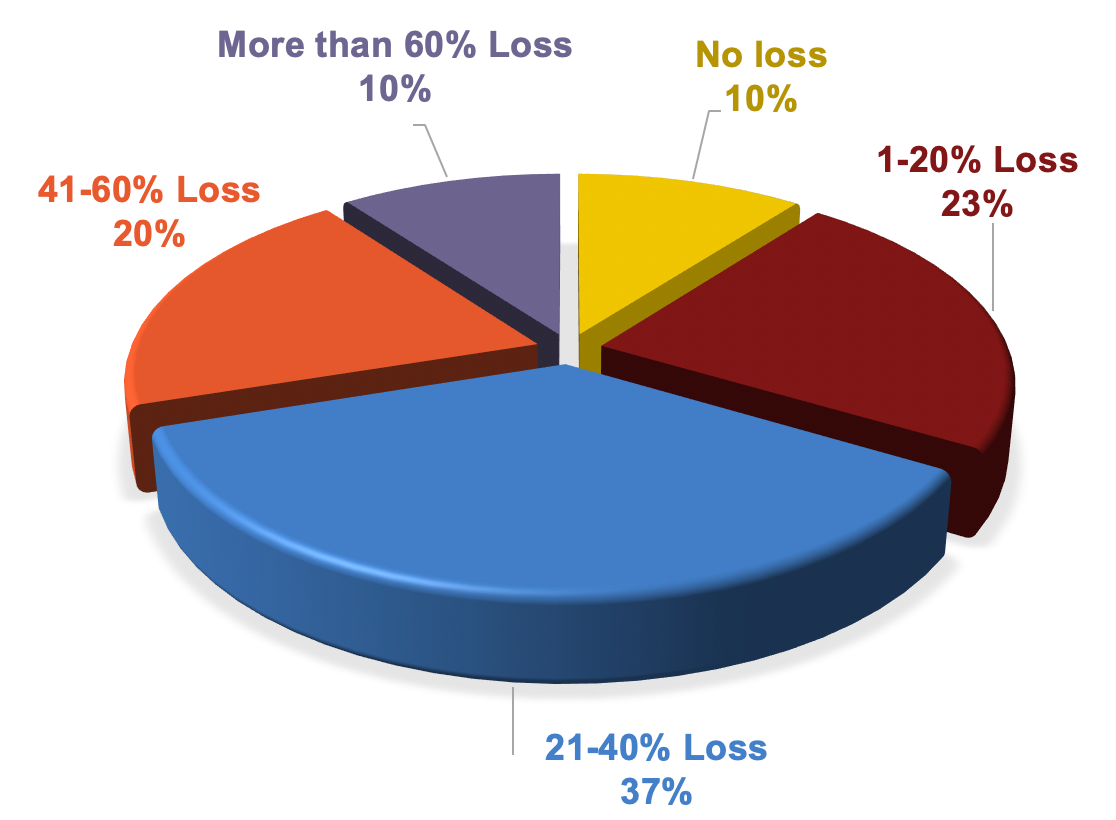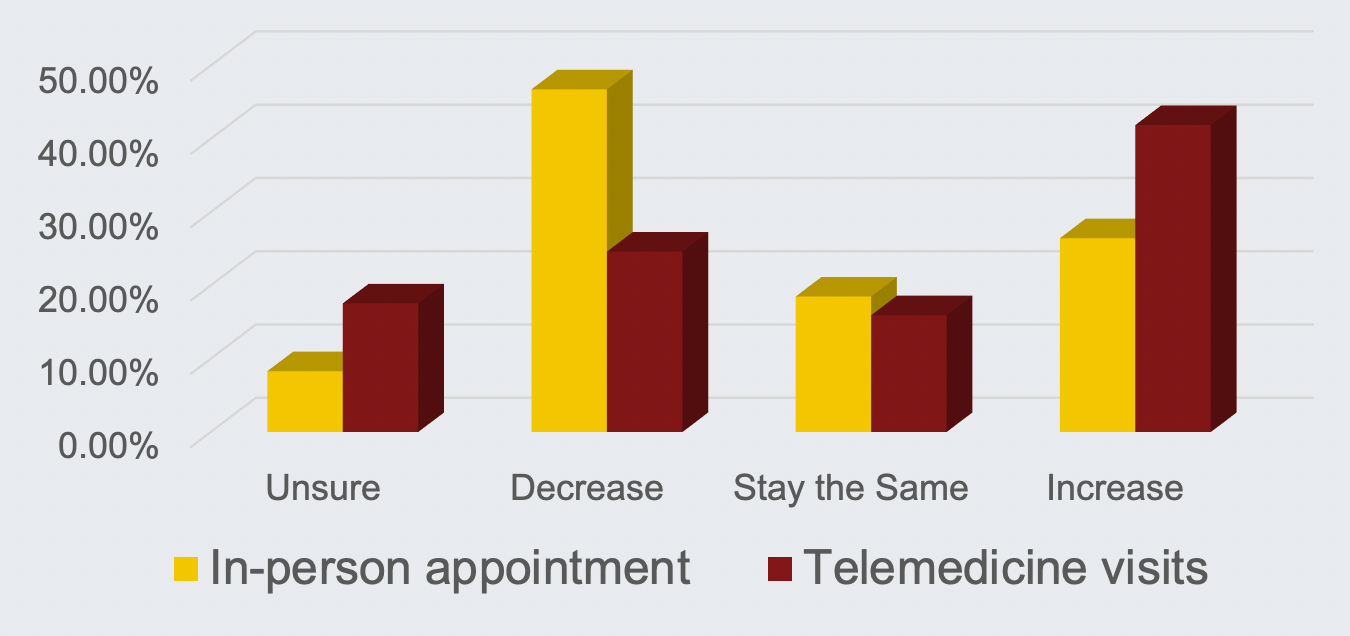MJH Life Sciences' State of the Physician Survey: Financial Impact of COVID-19
In the second of MJH Life Sciences' State of the Physician reports, over 1,600 respondents weighed in on how they have been affected financially by COVID-19 and what it means for them moving forward.
Since the beginning of the COVID-19 pandemic, the healthcare industry has been in crisis mode. From individual practices all the way to big pharma companies, it has been tested to the max. One of the most affected groups of professionals within the healthcare industry has been physicians. They are dealing with overcoming new obstacles like how to safely conduct patient visits and ensuring their personnel are taking proper health precautions. To highlight these challenges, MJH Life Sciences Healthcare Group has conducted a series of four surveys with participating physicians titled, “State of the Physician.” Pharmaceutical Executive will be providing a collection of articles in the following weeks, each highlighting one of the surveys.
The article on the first survey, which focused on patient communication during COVID-19 can be found here.
The second survey we will highlight focused on the financial impact COVID-19 has had on physicians and their practices. Over 1,600 respondents were asked a series of questions spanning from objective to open ended. The respondents in this survey represented 10 different specialties with the majority being from pediatrics (354) and family/general practice/internal medicine (308). Of the total respondents, a little over a half were from private/independent practices. About 82% were physicians and 6% were nurse practitioners (NP)/physician assistants (PA).
About 90% of the respondents reported some level of anticipated loss in revenue for 2020 as a result of COVID-19. The majority anticipated a loss of anywhere from 21% to 40%. Figure 1, shown below, provides the full results of what the respondents reported for anticipated loss in revenue.

Like most industries during COVID-19, healthcare, specifically physicians and their practices, have experienced changes in staffing. About 73% of the physicians in this survey reported no change in staffing making them the least affected group. However, about 32% of other clinicians such as nurses, NPs, and PAs reported being furloughed or placed on temporary leave. The group most affected by staffing changes was non-clinical support staff/administration, of which about 38% reported being furloughed or placed on temporary leave. In addition, 14% of this group reported they had experienced a permanent staff reduction which was about double the percentage of what the physicians and clinicians reported.
Designed to provide direct economic assistance to workers and businesses in the US, the Coronavirus Aid, Relief, and Economic Security (CARES) Act was signed into law on March 27. Almost half of the respondents (48.8%) reported that they had received some form of financial assistance from the CARES Act. While there were respondents who required this financial assistance, 15.4% said their practice actually had some form of financial benefit from COVID-19. Many cited this benefit as a result of Paycheck Protection Program (PPP) loans or practice improvements from the implementation of telehealth.
Looking to the future, the overwhelming majority of respondents (about 91%) do not anticipate making any major purchases over the next six months. This suggests COVID-19 has had a major impact on equipment purchases for the second half of 2020. The 9% that will be making purchases are focused on computer upgrades, telemedicine equipment, and office space to accommodate distance protocols.
Once the areas of the respondents’ respective practices reopen, 37% anticipate them to change in regard to staffing and headcount. The remaining reported they will return to the same number as before the pandemic or they have not yet decreased staffing and do not expect to. Upon reopening, the respondents are also expecting patient volume by the number of in-person visits to decrease and telemedicine visits to increase. Figure 2, shown below, displays the full results of how respondents felt about anticipated changes for in person visits versus telemedicine visits.

Similar to the results of the first survey on patient communication, COVID-19 has brought significant changes to the financial stability of practices. While pharma companies should recognize the increased need for virtual services at this time, they should also anticipate a decrease in spending from practices. As the survey shows, practices are cutting back on major purchases and are being aided by loans as well as benefits from the CARES Act.
For the infographic of this survey, click here.
For more information on the State of the Physician reports, please contact Executive Vice President, Healthcare - MJH Life Sciences, Brian Haug at BHaug@mmhgroup.com.
The Misinformation Maze: Navigating Public Health in the Digital Age
March 11th 2025Jennifer Butler, chief commercial officer of Pleio, discusses misinformation's threat to public health, where patients are turning for trustworthy health information, the industry's pivot to peer-to-patient strategies to educate patients, and more.